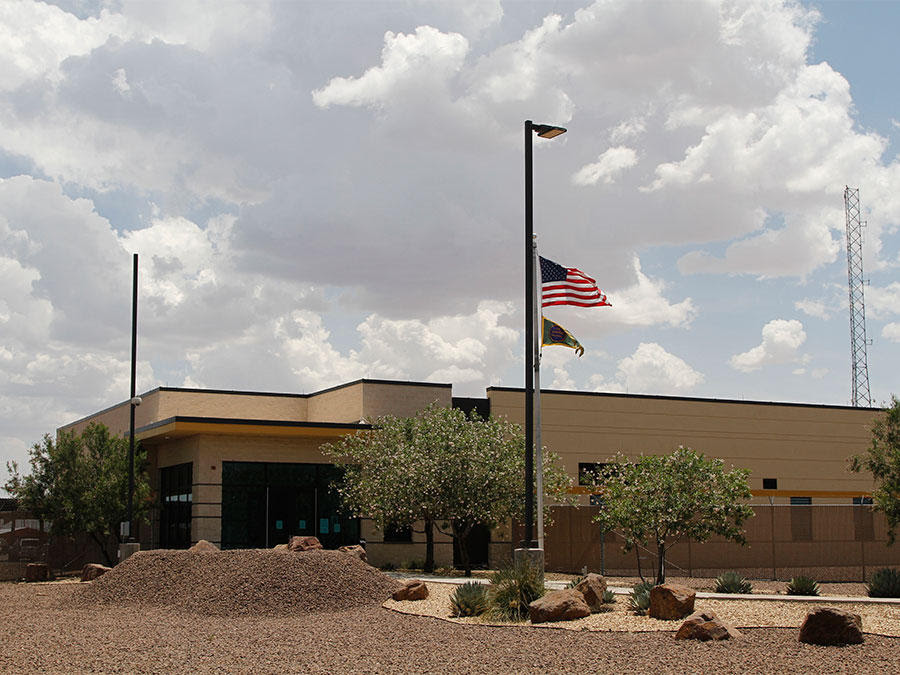CRISIS: The truth behind the latest crisis in the United States of America, the so called “border concentration camps,” exposed the true nature of Washington D.C. and the media bias surrounding the immigration debate.
By Ben Diguglielmo, Staff Writer
The willful ignorance and deceit surrounding the crisis at the border is nothing new to American politics, discussions about the failures of certain immigration policy is rare, and solutions rarer. The current issue our immigration system is facing is the influx of asylum seekers pursuing residency in the United States (US). The US system is overloaded with requests, and cannot keep up. Every person who comes to the US seeking asylum must be processed and interviewed to determine if their claim of persecution in their country of origin is valid. If the immigration officer conducting the interview believes their claim to be valid, the asylee is assigned a court date where they make their case to a federal judge, the judge will then decide whether or not to grant them asylum. This process is not an easy one, nor is it cheap. American immigration services are currently understaffed, and underfunded for the amount of people that need to be processed. As of July of 2018, the federal immigration system had 773,000 immigration cases on backlog, almost an entire year before the most recent surge at the border.
Democratic politicians were quick to use this crisis as a talking point against the Republicans, but not so quick to propose solutions. They called for “humane treatment” and criticized detention centers for lack of supplies but refused to pass bills allowing additional border funding without inserting immigration policy. Even for those who support vast changes to immigration policy, attaching policy to a bill as crucial and time sensitive as funding for asylees is a nefarious attempt to prioritize politics over human decency.
The media played no small role in the campaign of misinformation and misplaced blame surrounding this crisis, pushing the idea of “border concentration camps” and the narrative of comparing ICE to Nazis. Media publications such as the New York Times (NYT) went so far as to accuse the Trump administration of intentional malice against these asylees, “He promised to crack down on immigrants and yet under him immigrants seeking asylum have surged. And he is meeting the surge with indescribable cruelty,” (Charles Blow, Opinions Columnist.) Blaming the Executive Branch (which has no control over funding) and Republicans for the inhumane conditions in the centers, going so far as to accuse government officials of intentional malice while ignoring the Democrats that refused to provide the necessary funding, is only a single, yet powerful example of the media bias surrounding the immigration debate.
Fortunately, this political conflict had a good resolution, with vast support from Republicans (176 out of 197), and a slight majority from Democrats (129 out of 235) The bill passed through the House, then the Senate, and eventually was signed into law by President Donald Trump. The bill contained $1 billion worth of funding for shelter and food and $3 billion appropriated specifically for the care of unaccompanied children.
The controversy surrounding the influx of asylum seekers in an increasingly overwhelmed system is far from over. Some support policies that would “catch and release” all asylum seekers into the US interior, and some support a remodel of the current detainment method. But acknowledgement that current conditions are not good enough is nearly unanimous.

